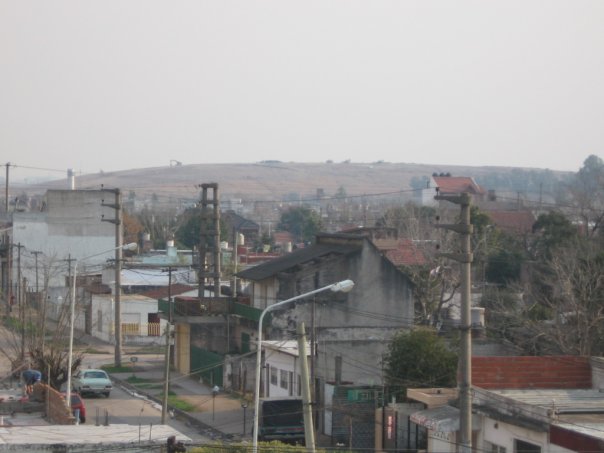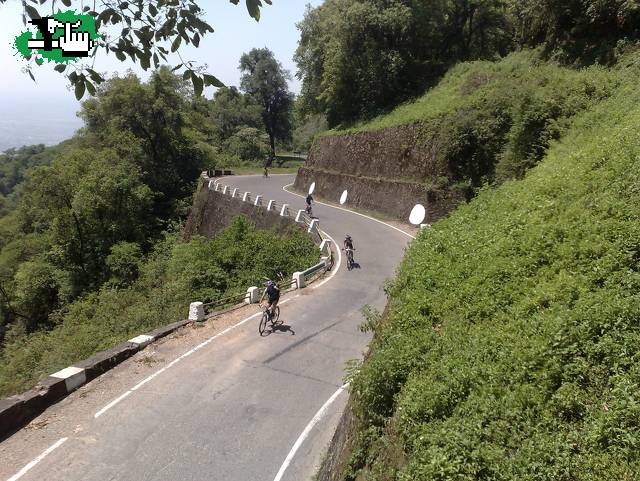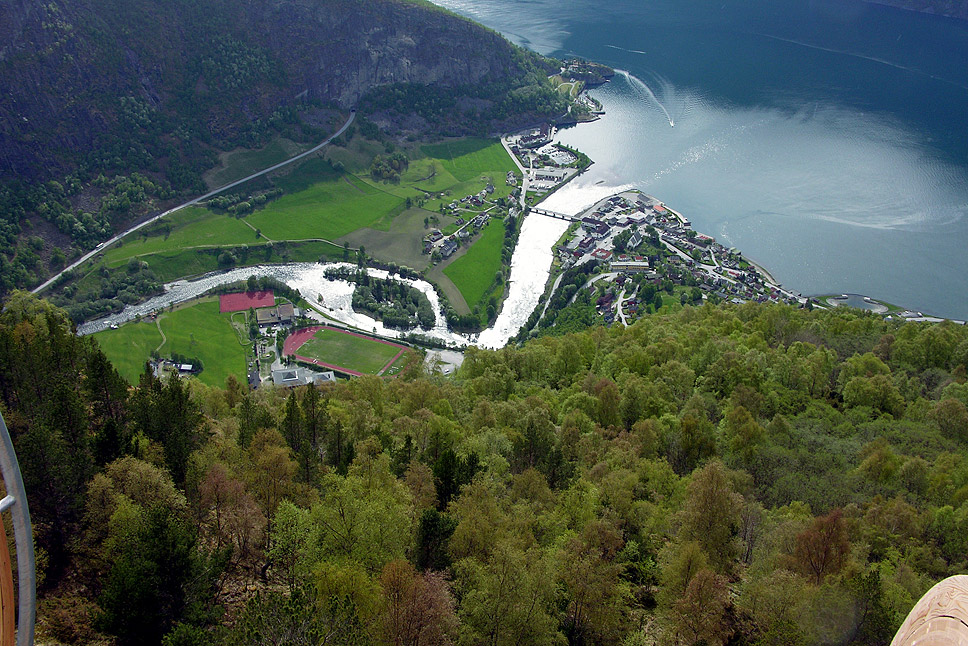After transferring to the northwest, likely by air, it's time for us to see our first real trip into the mountains. We are still in circuits mode, but no more the hectic squabbling of the criterium; instead we're in climbing mode.
Stage 8: San Miguel de Tucumán - Cerro San Javier, 192km
The first chance for the climbers to win back some of the time they will have lost in Buenos Aires is a simply-designed stage; three and a half laps of a 58km circuit around the important northwestern city of San Miguel de Tucumán. The riders head through the neighbouring city of Yerba Buena, after which the road heads distinctly uphill. Cerro San Javier is a rather famous mountain in the area. At the end of the first, hardest part of the climb, there is an abandoned university complex and an imposing statue of Christ; it is at the summit of this that the stage finish will be contested; after this, there is a much, much more gradual ascent towards Villa Nougués, before the riders descend back down for a flat period of run-in to Tucumán.
The stage will finish with the climb to the Mirador Cristo, where the riders will face a final 7km averaging no less than 8,9%, and sometimes reaching leg-punishing gradients on the way. The long periods of flat between circuits may discourage long-range attacking, but certainly this could well spell the end of the hopes for many, especially the more TT-minded.
Climbs:
Cerro San Javier (Mirador Cristo)(cat.1) 9,4km @ 7,8%
Villa Nougués (cat.2) 9,0km @ 2,5%
Cerro San Javier (Mirador Cristo)(cat.1) 9,4km @ 7,8%
Villa Nougués (cat.2) 9,0km @ 2,5%
Cerro San Javier (Mirador Cristo)(cat.1) 9,4km @ 7,8%
Villa Nougués (cat.2) 9,0km @ 2,5%
Cerro San Javier (Mirador Cristo)(cat.1) 9,4km @ 7,8%
As you can see, the previously dormant GPM will take off in earnest here, and the points gained in Tandil and Paraná are a pittance compared to what's available today. We're going into the second weekend in style.
San Miguel de Tucumán:
Cerro San Javier:








































